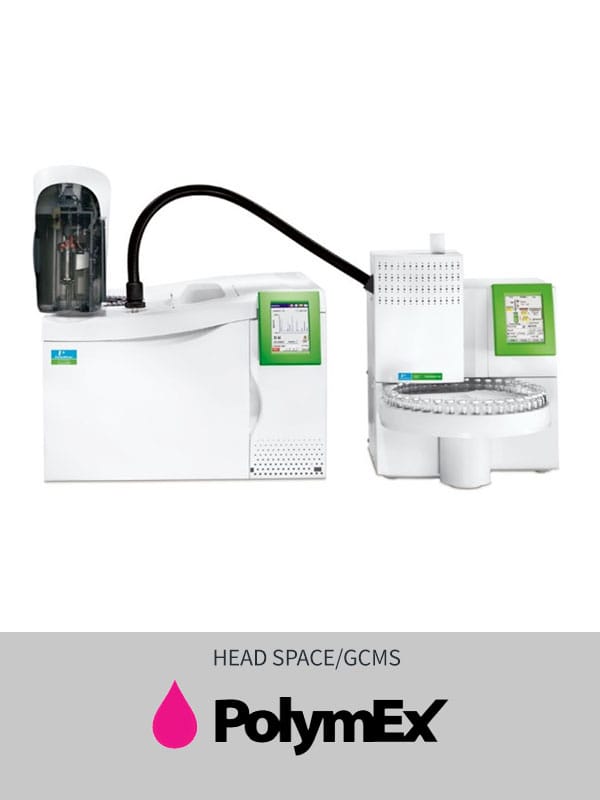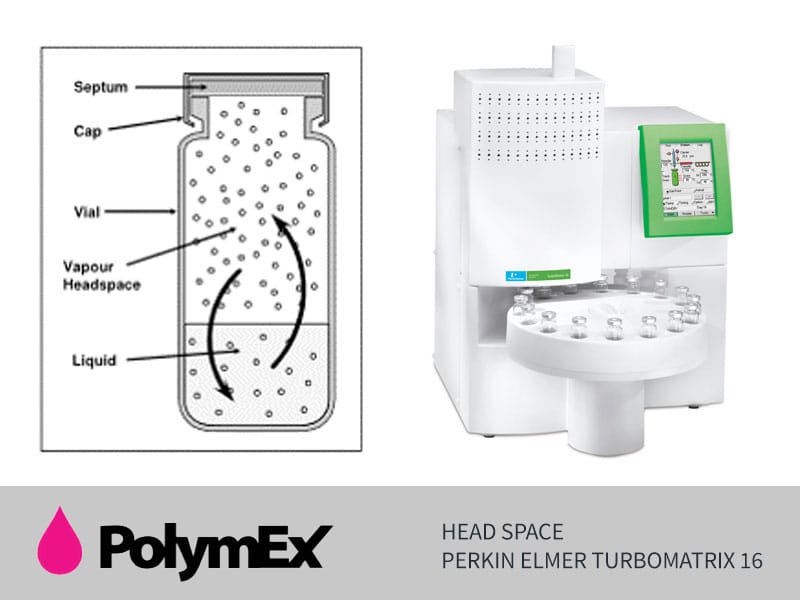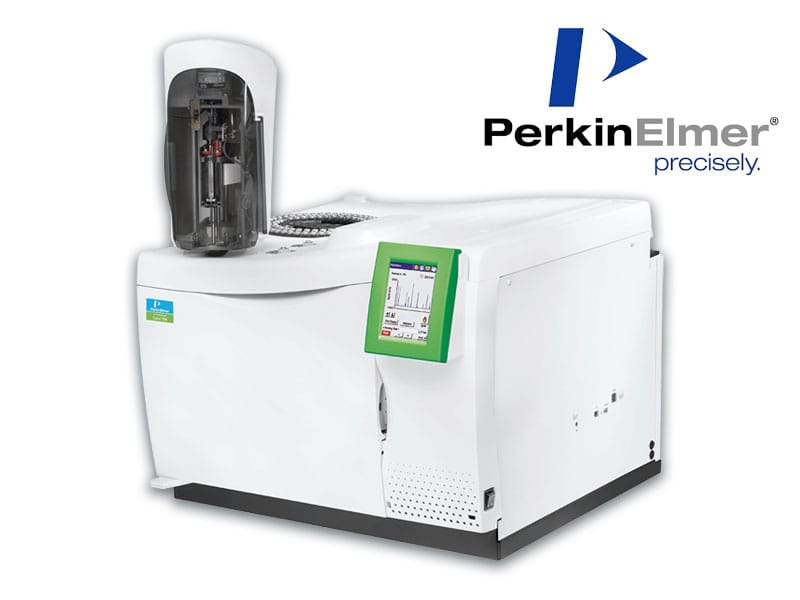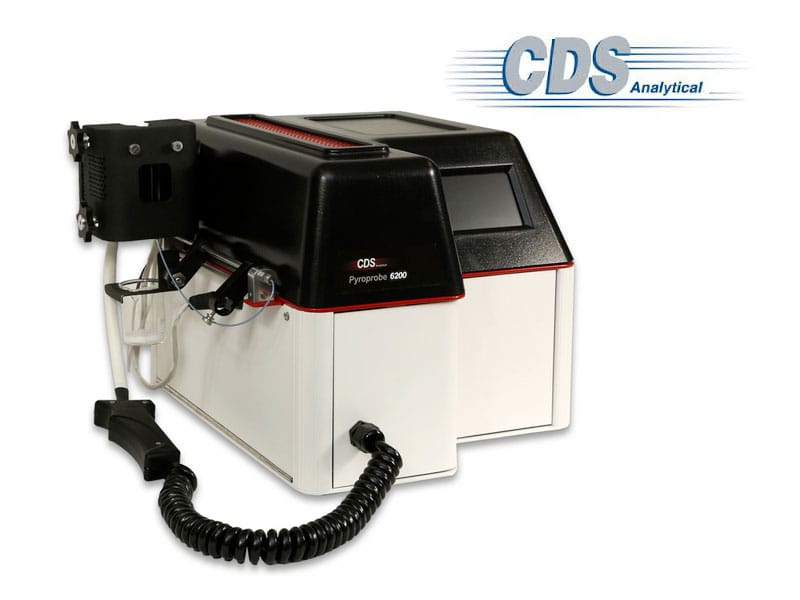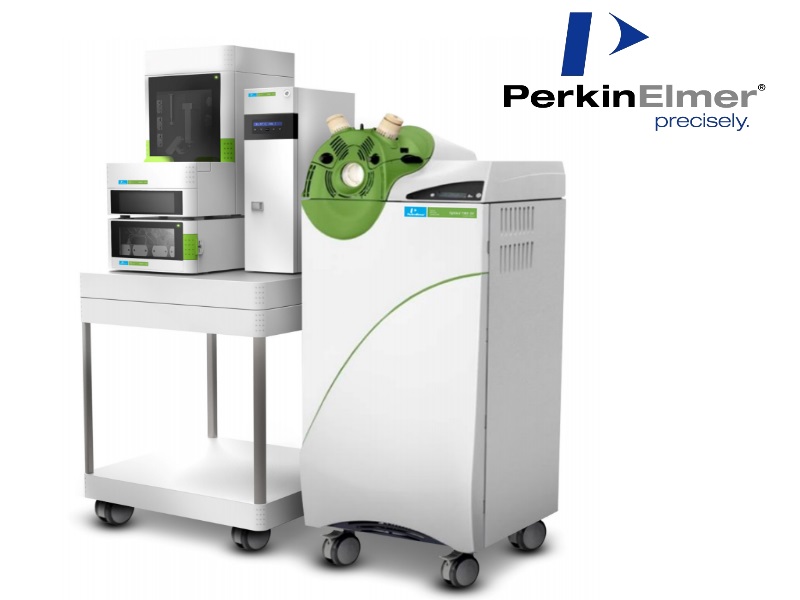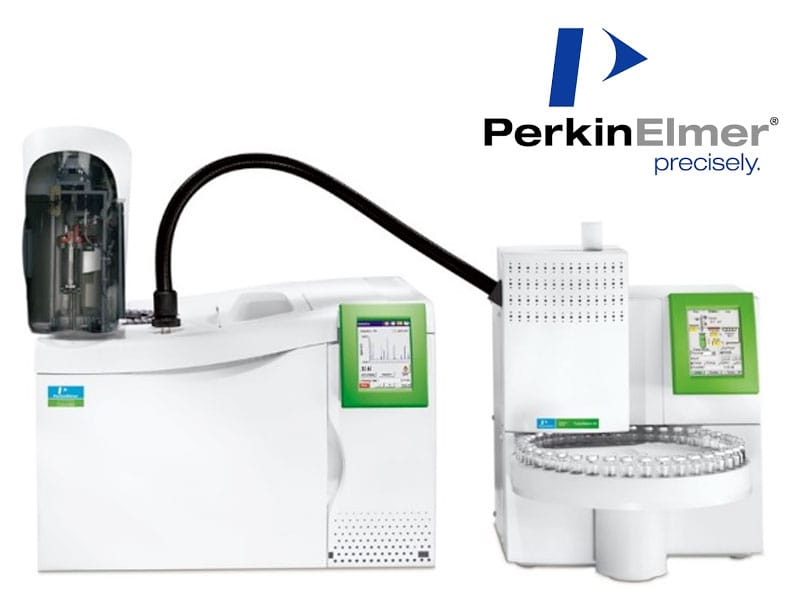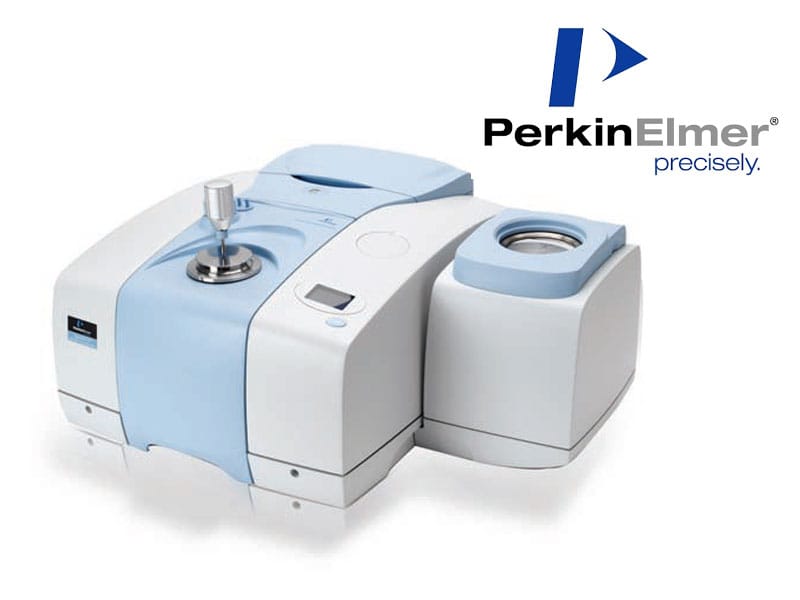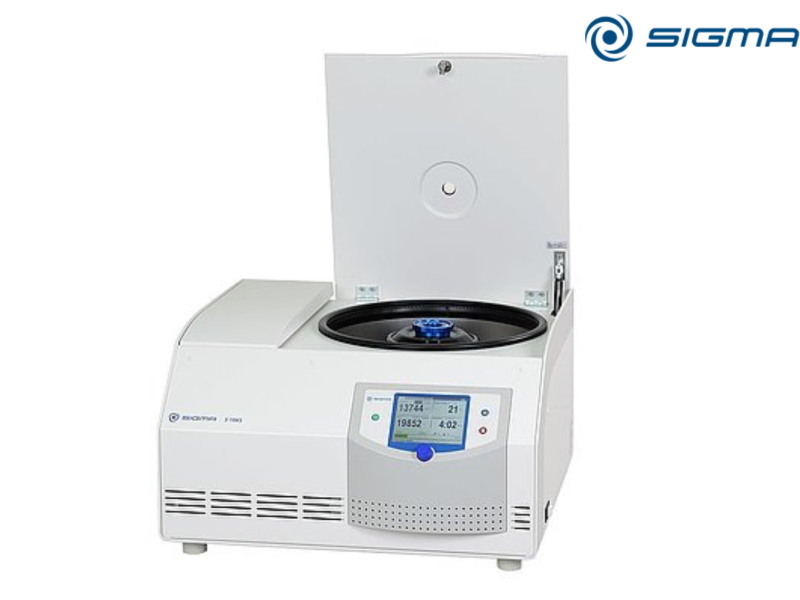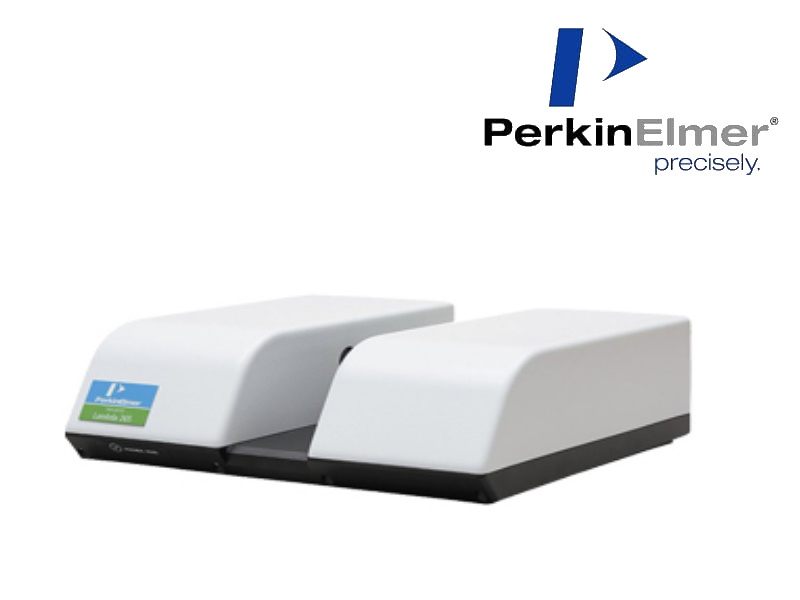HS / GCMS - Headspace chromatography
Head Space : Perkin Elmer TurboMatrix 16
Temperature range : 35 to 210 ° C
Detector 1 = Mass spectrometer : Perkin Elmer Clarus 600T - Electronic impact quadrupole (EI).
Column : Elite-5MS (capillary, methyl-silicone grafted 5% PH ME siloxane), 60 mx 0.18 mm x 0.18 µm
Detector 2 = FID : Autoignite with electronic PPC regulation.
Injector : Automatic sample changer
Application domain
Identification and determination of ultra volatile organic compounds (Mw <350 g / mol).
Liquid or solid samples.
Large amount of sample analyzed (several grams)
Trace analysis
Analysis of majority constituents

 EN
EN
 FR
FR